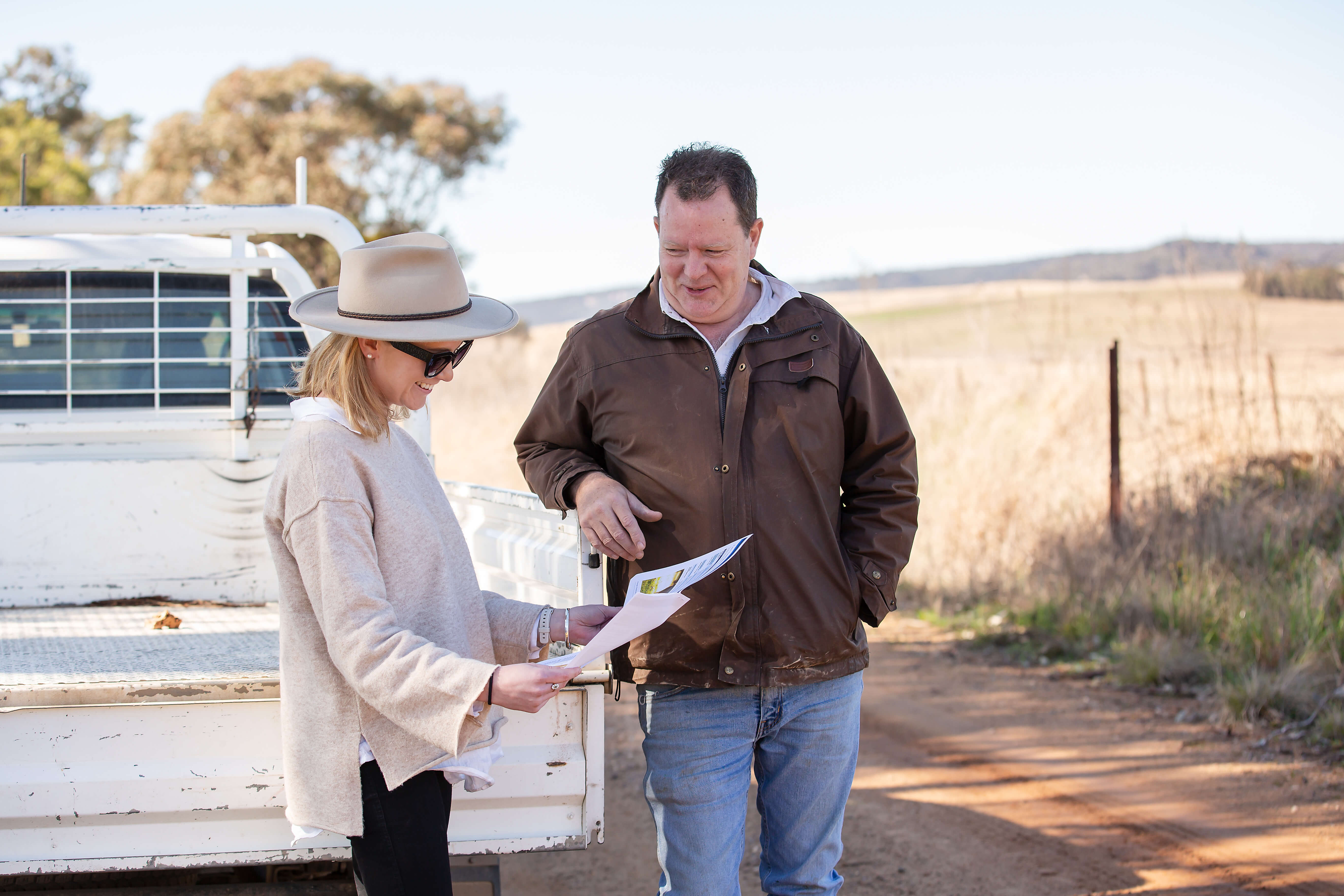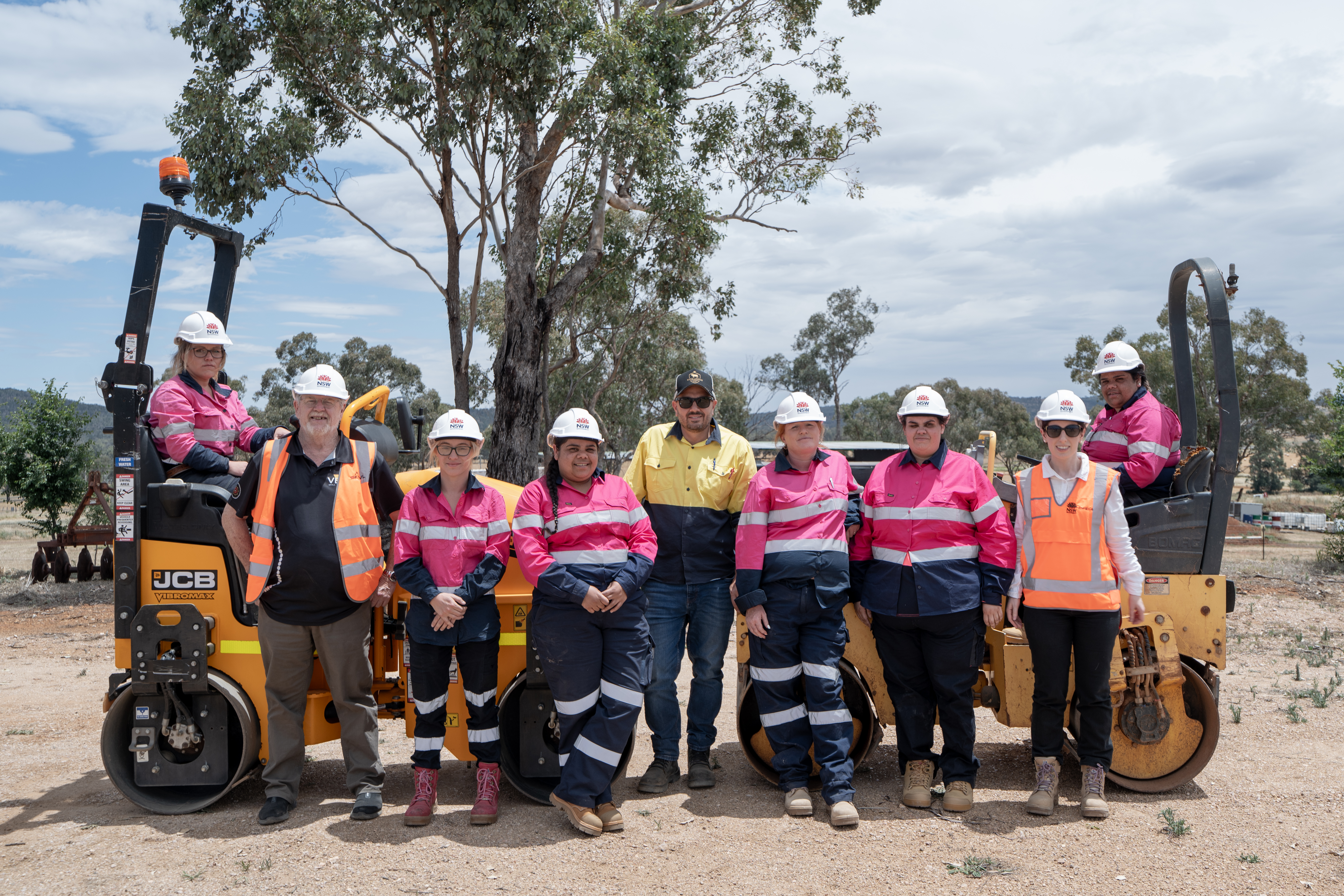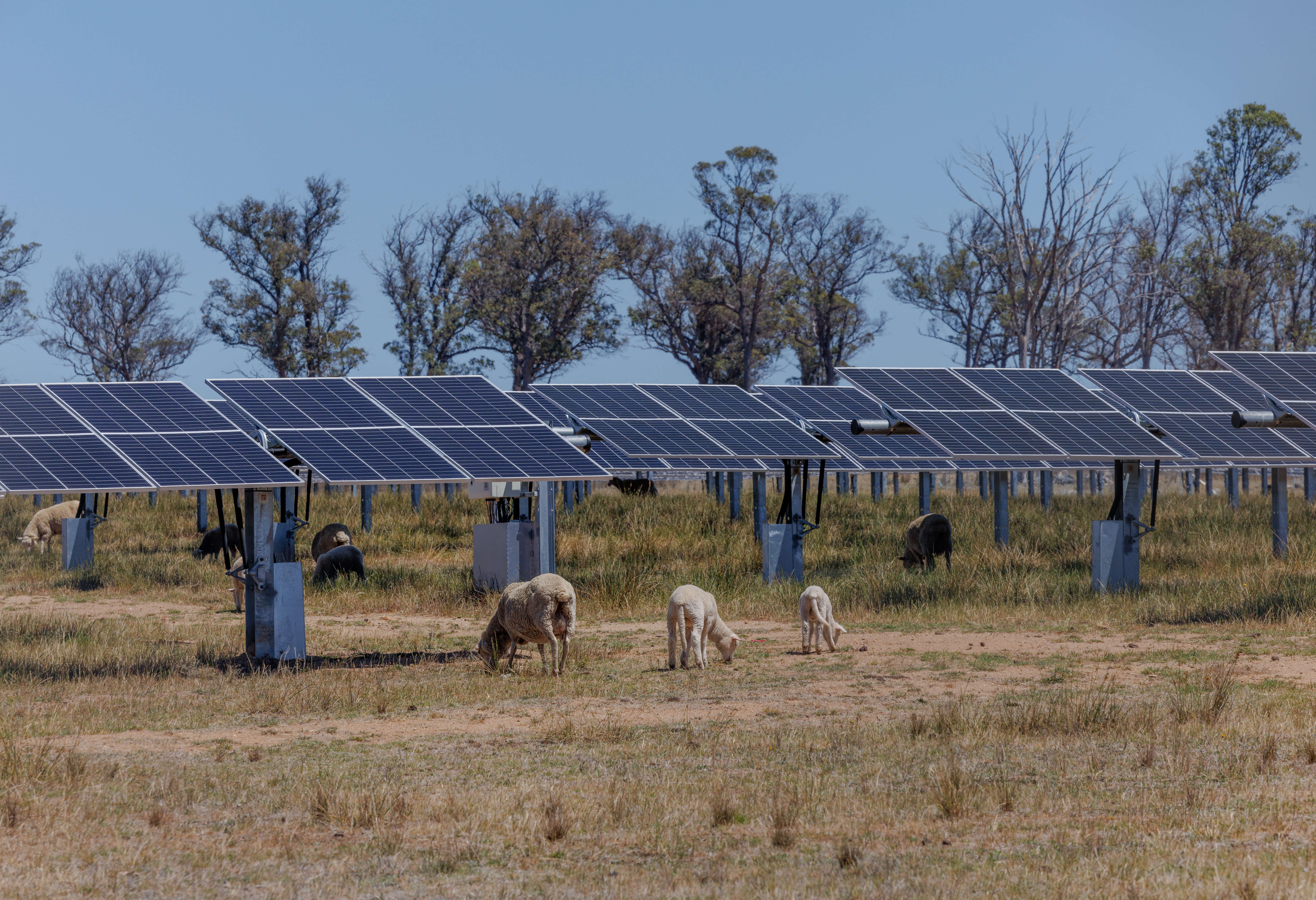EnergyCo has been working with private landowners in the Central-West Orana Renewable Energy Zone (REZ), to negotiate the route for transmission towers and power lines across their properties, known as an easement.
We appreciate the time and effort people have put in to find ways to make this change possible and are pleased to already have in principle agreements with over 97% of private landowners.
This can be a complex and stressful process for many and EnergyCo is committed to negotiating with the highest levels of empathy and respect for landowners impacted by this process. We also provide individual case managers and mental wellbeing support services.
While landowners are free to discuss the acquisition process with whomever they want, we don't disclose information about individual cases to respect privacy. The process is a transparent one - read on to learn more.

Why we need new transmission towers and power lines
The existing electricity grid for NSW was designed to connect coal-fired and other power stations to electricity consumers. As coal-fired power stations are phased out, and the state transitions to renewable energy, the transmission network also needs to change.
Renewable energy generators are located in different places to the coal-fired power stations. This is because they need to be where they’re able to capture the most sunshine and wind.
The network will need to connect the renewable energy generators into the grid, rather than traditional coal-fired power stations. It also needs to be stronger to ensure they are stable and reliable as demand increases.
How the easement corridor has been agreed
The network infrastructure will be built on narrow strips of land (around 70m wide but variable) that are acquired (not “purchased” in the traditional sense) from landowners. This means EnergyCo can use this strip of land for transmission towers and power lines. Landowners still own and can continue to use their land. This is known as an ‘easement’.
In planning the transmission route, consideration is given to 5 key pillars: people, environment, strategic progress of the Electricity Infrastructure Roadmap, technical requirements of the network and economics. Key amongst these are the following goals:
- Avoiding large centres of population to minimise the impact on people
- Using land that’s already been disturbed (for example, by mining activities), to reduce more environmental impacts
- Selecting land that needs the least amount of ground clearing, to minimise the impact on biodiversity
- Avoiding significant Aboriginal cultural sites
- Minimising impacts on threatened species of plants and wildlife
- Where the route needs to cross private land, minimising the use of prime agricultural land and allowing for continued farming/agricultural use
- Working around or relocating farm infrastructure such as dams, feedlots or other key farm buildings
- Minimising visual impacts as much as possible.
The Central-West Orana REZ transmission project is the best possible route based on these considerations, together with the technical constraints of the infrastructure itself.
How compensation has been negotiated
Landowners are entitled to compensation for the required interests in land as provided within the Land Acquisition (Just Terms Compensation) Act 1991, which includes market value of the land plus costs relating to legal and valuation fees.
Landowners are also eligible for a Strategic Benefit Payment of $200,000 per kilometre of easement (indexed to inflation) paid out in annual instalments over 20 years. This is separate and in addition to compensation landowners may be entitled to under the Just Terms Act. These payments acknowledge the important role these landowners will play in hosting critical infrastructure that will power NSW into the future as we transition to clean energy.
If EnergyCo and landowners can’t reach an agreement about the specific location and compensation for the easement, it will need to be compulsorily acquired. This is a last resort. At times compulsory acquisition is required to allow crucial public infrastructure to proceed for the benefit of the wider community, such as schools, roads, water and electricity infrastructure projects.
In addition to this, the community as a whole receives significant funding under the Community and Employment Benefit Program. Statewide, hundreds of millions of dollars of funding will become available over the next 30 years, leaving a lasting legacy for the communities hosting renewable energy projects in their area.
The Central-West Orana REZ community will receive $128 million this year which will continue to roll out over the next four years. The funding is the first downpayment to bring forward community and employment benefits, to ensure they flow before construction of new transmission and renewable generation projects starts in late 2024. EnergyCo is currently working with the community to hear how they would like this money spent.
Related content

